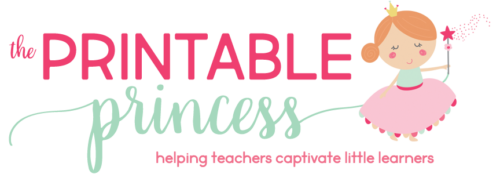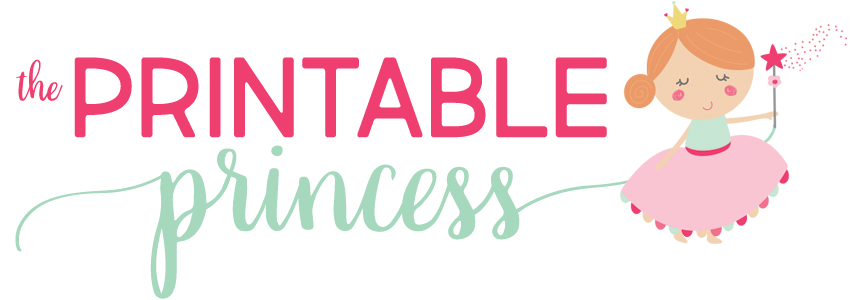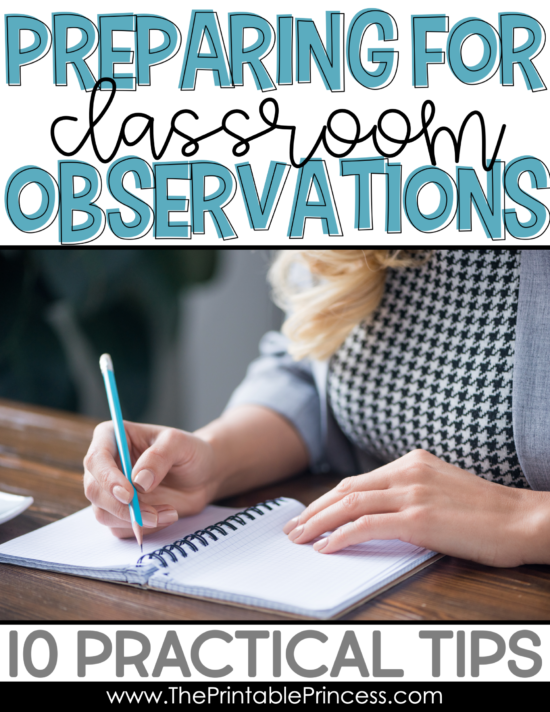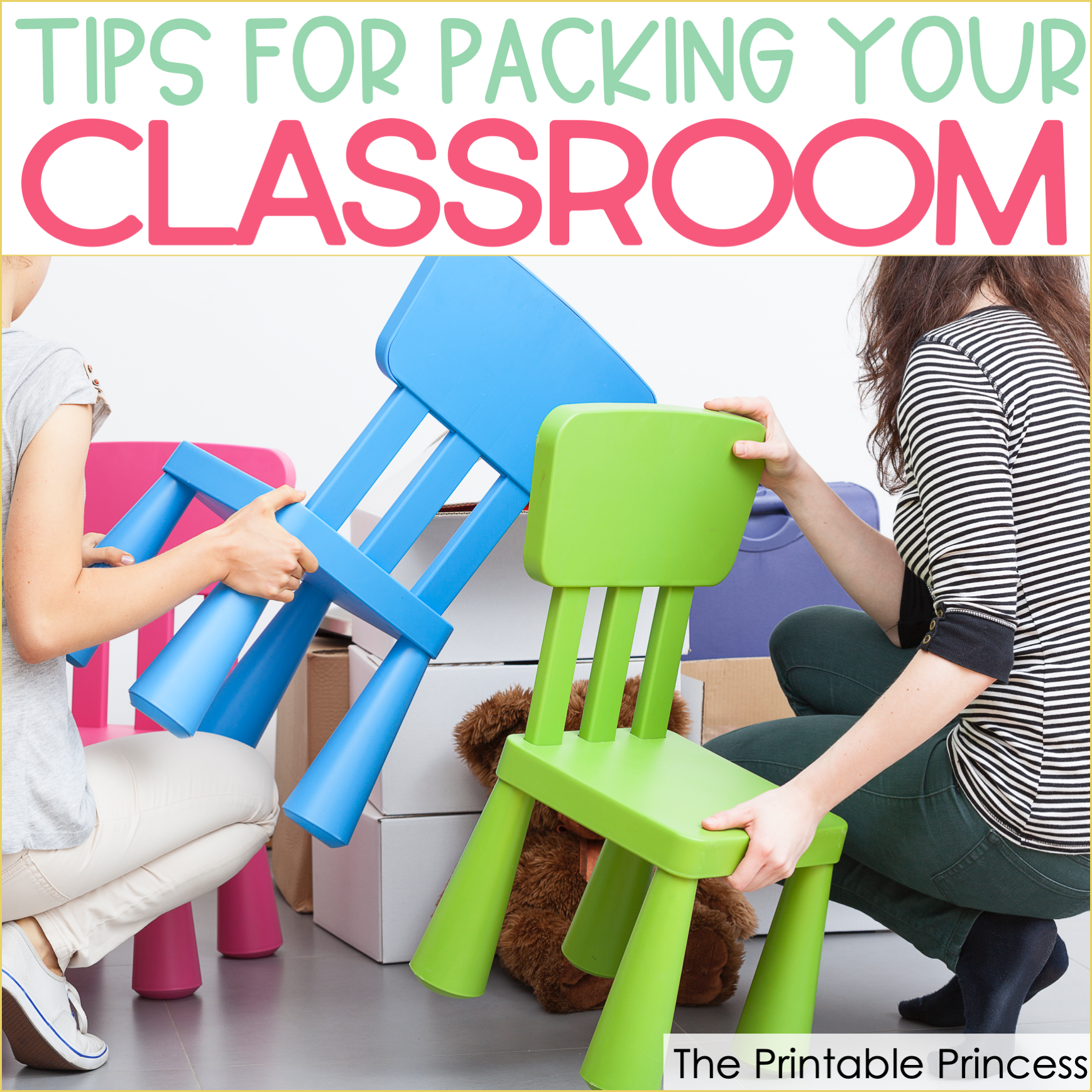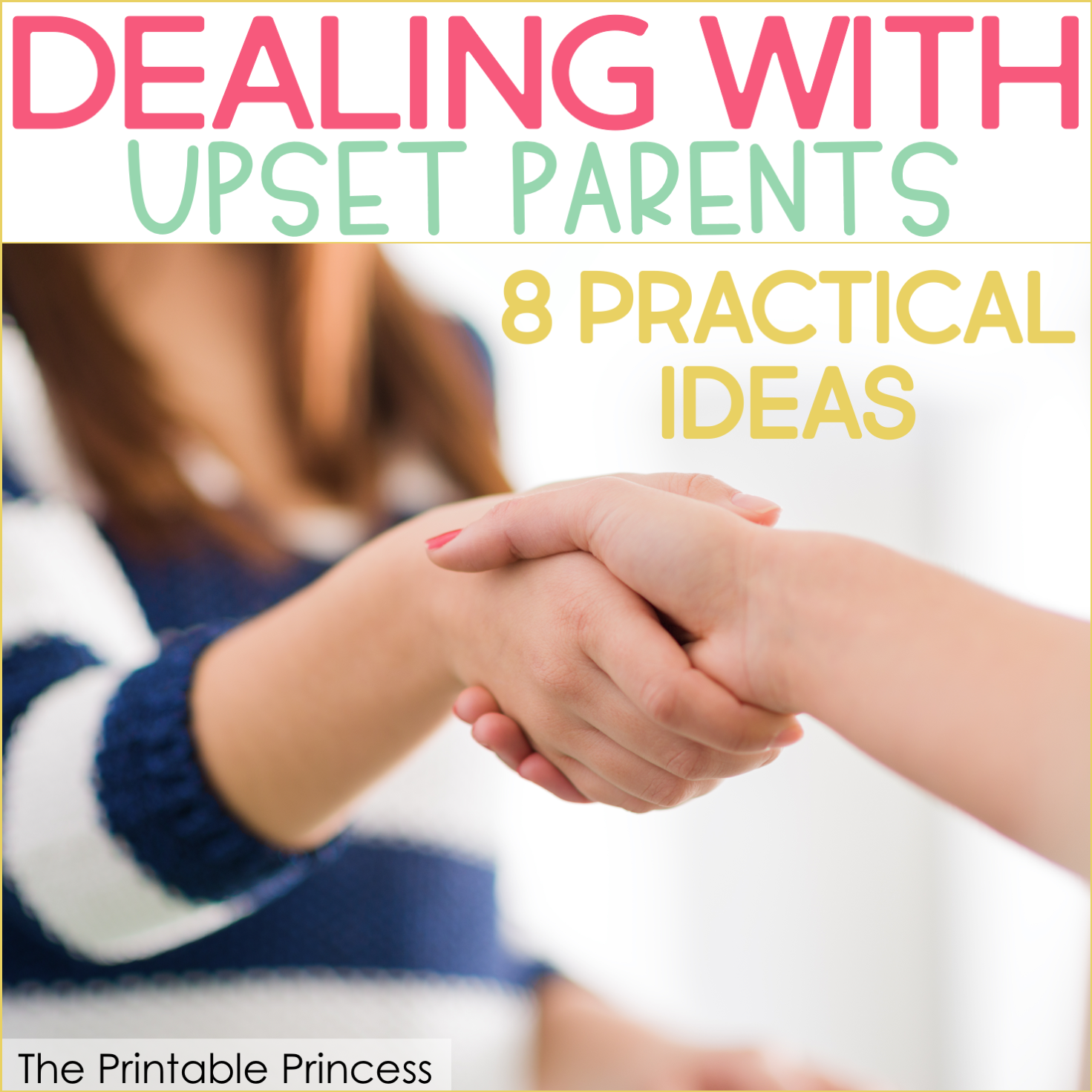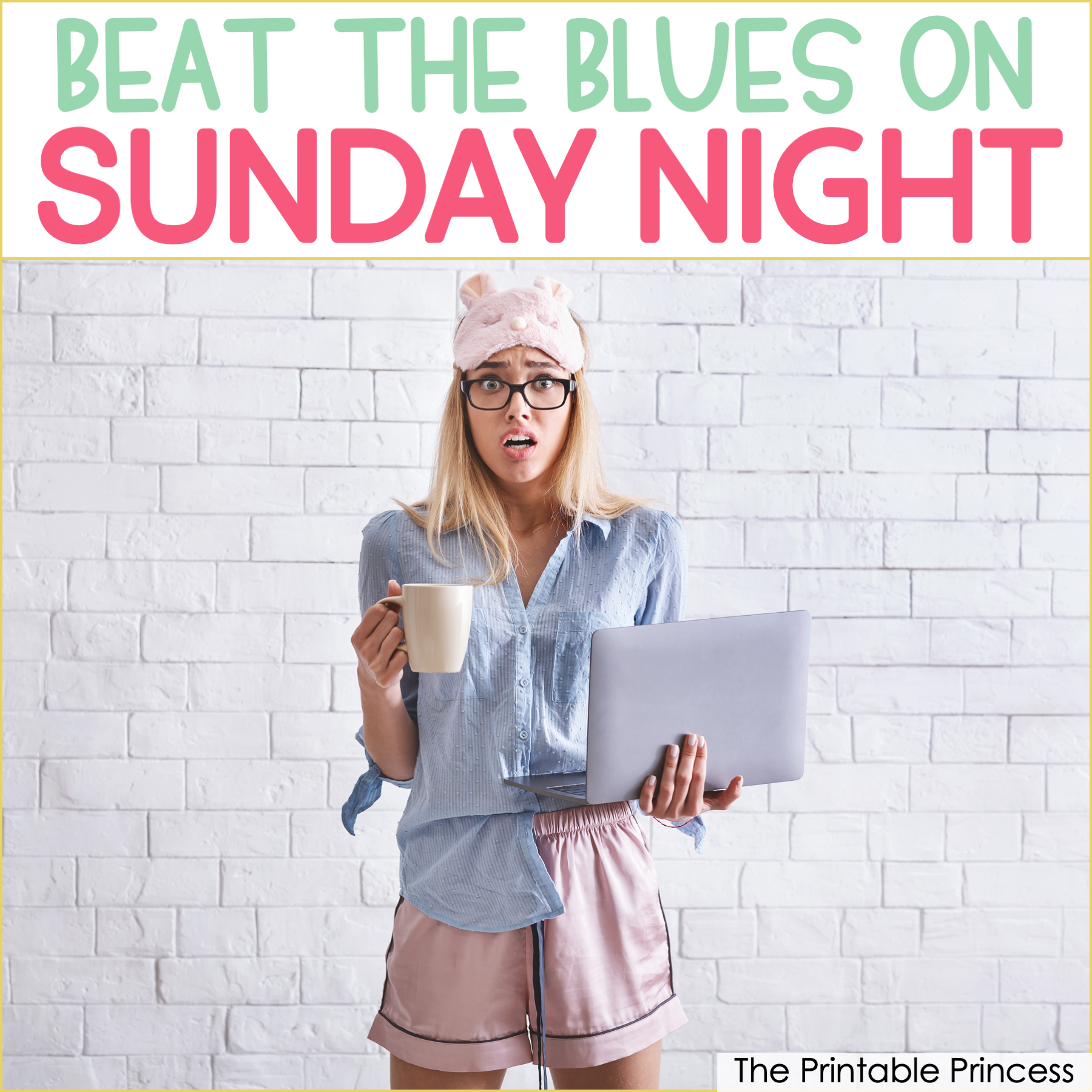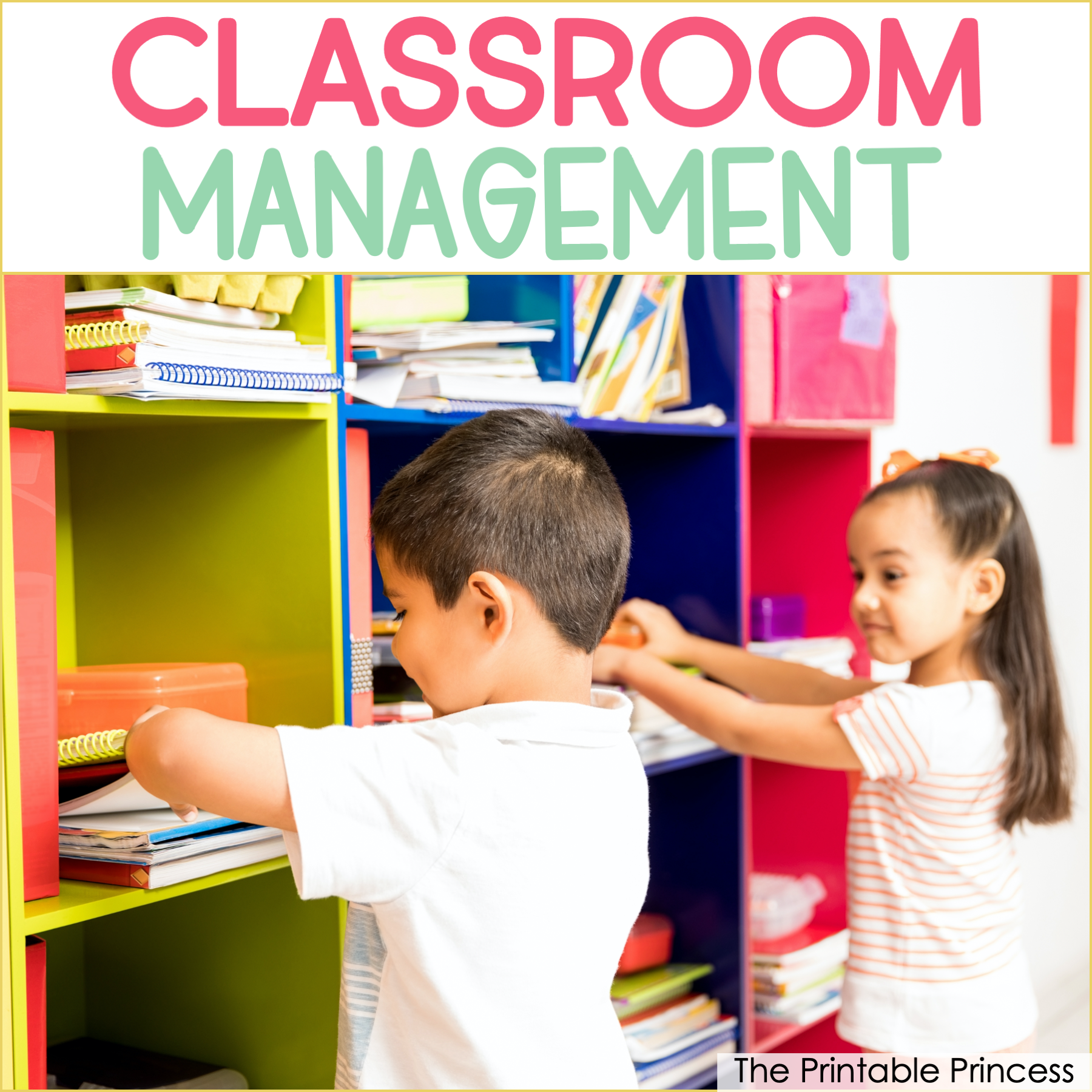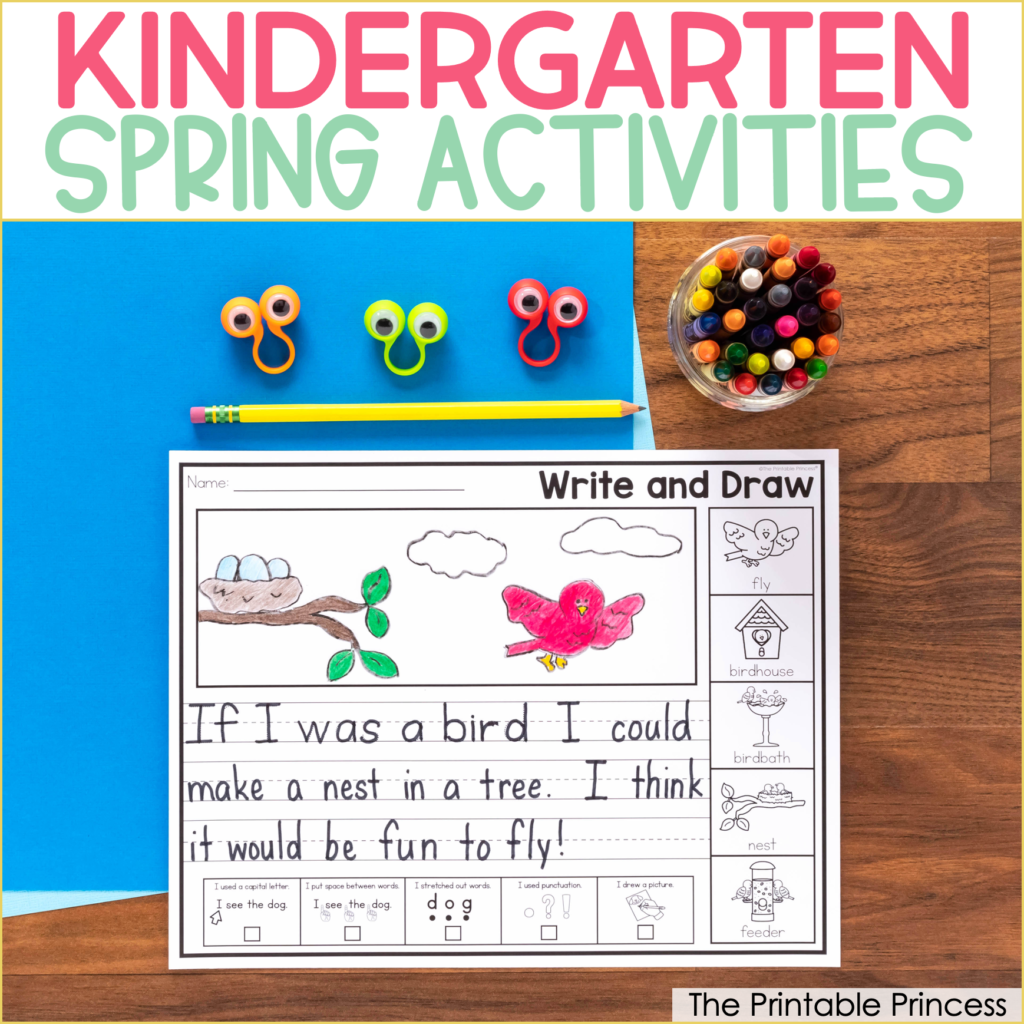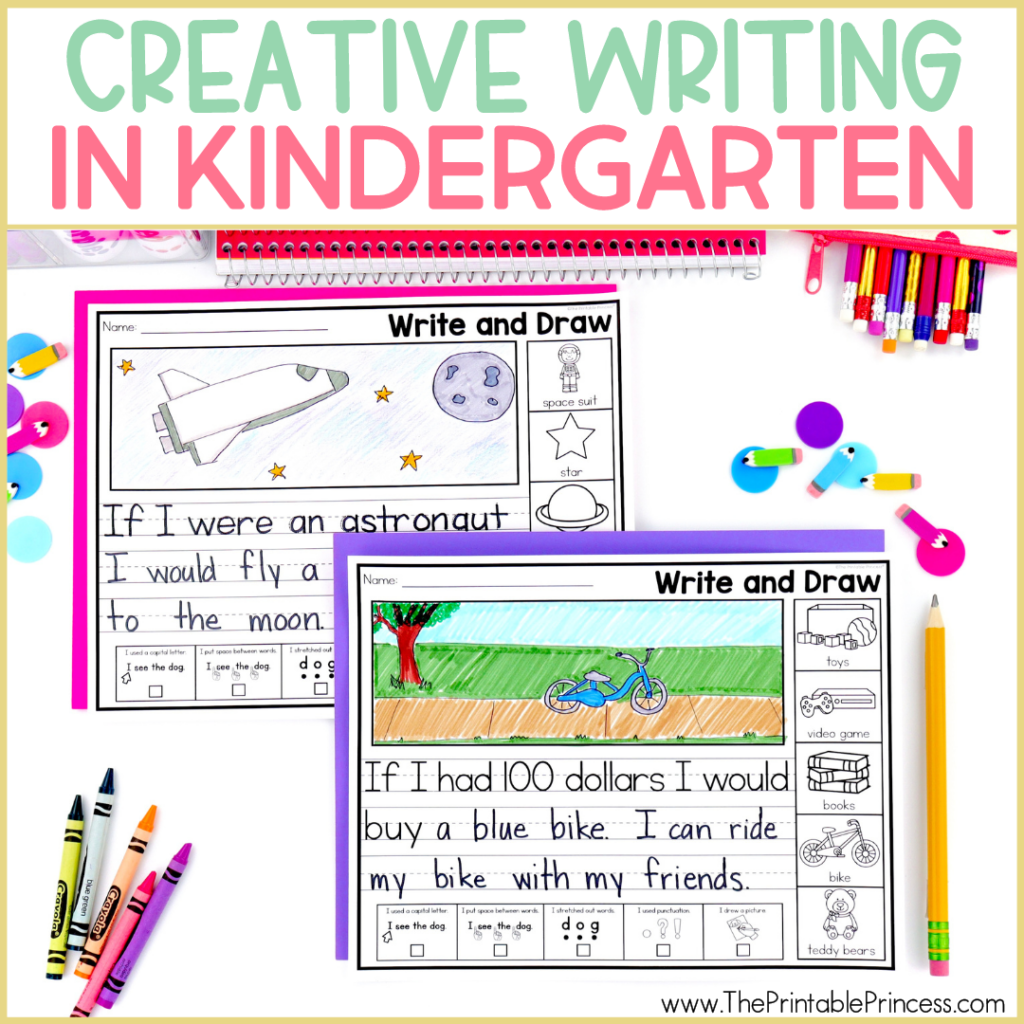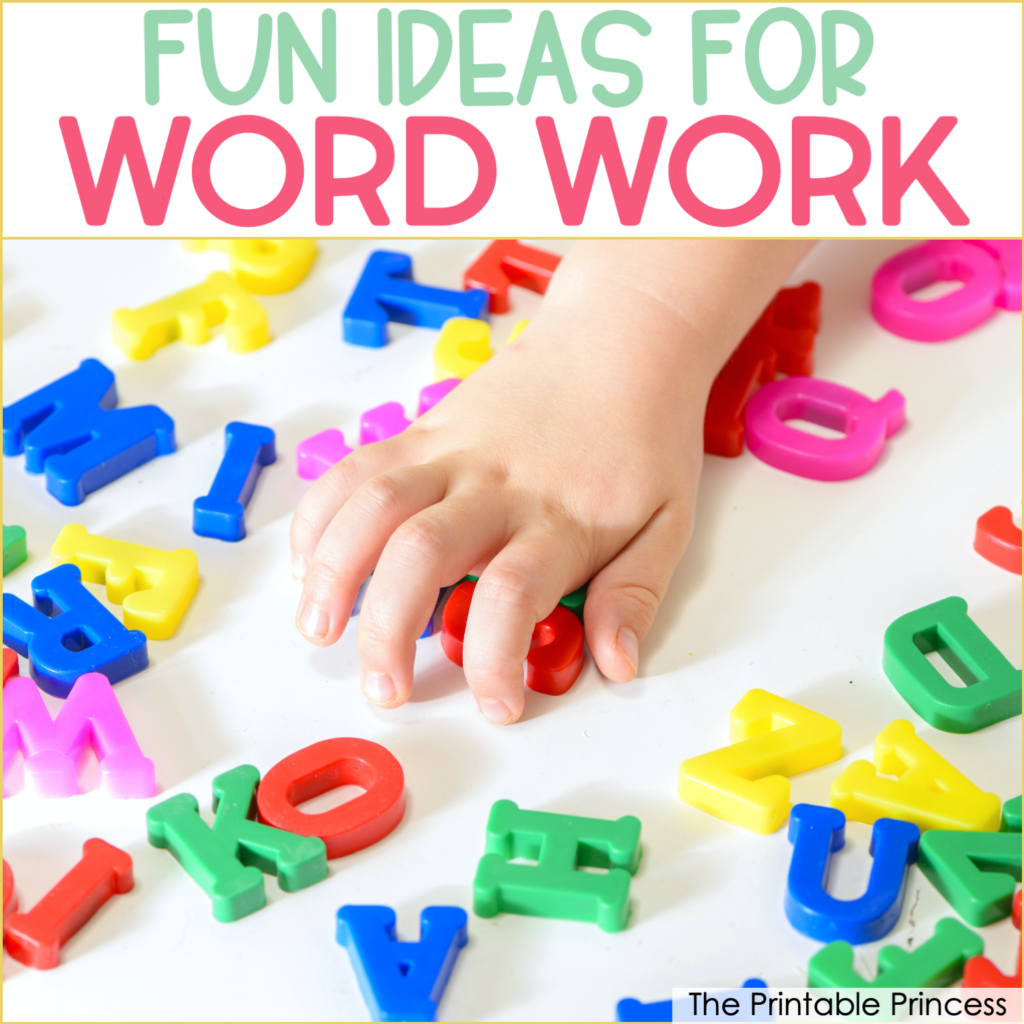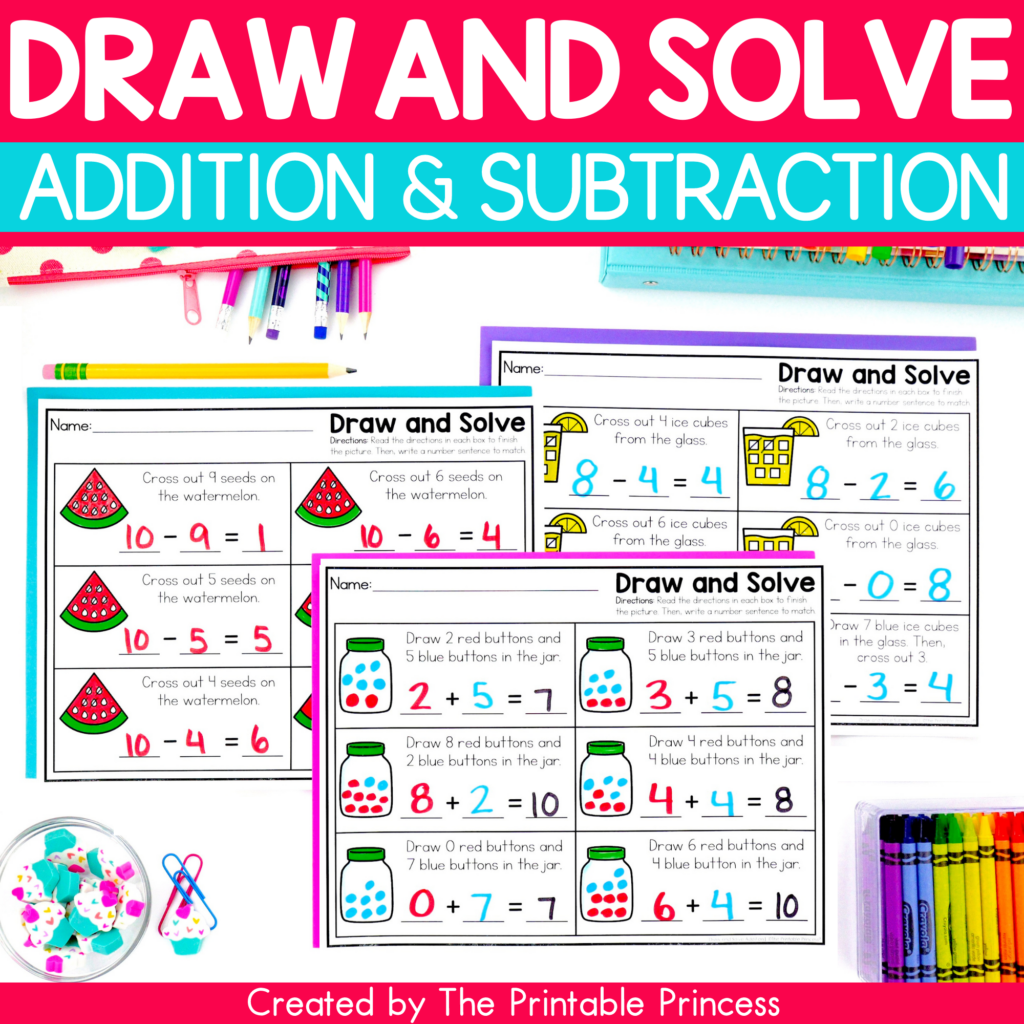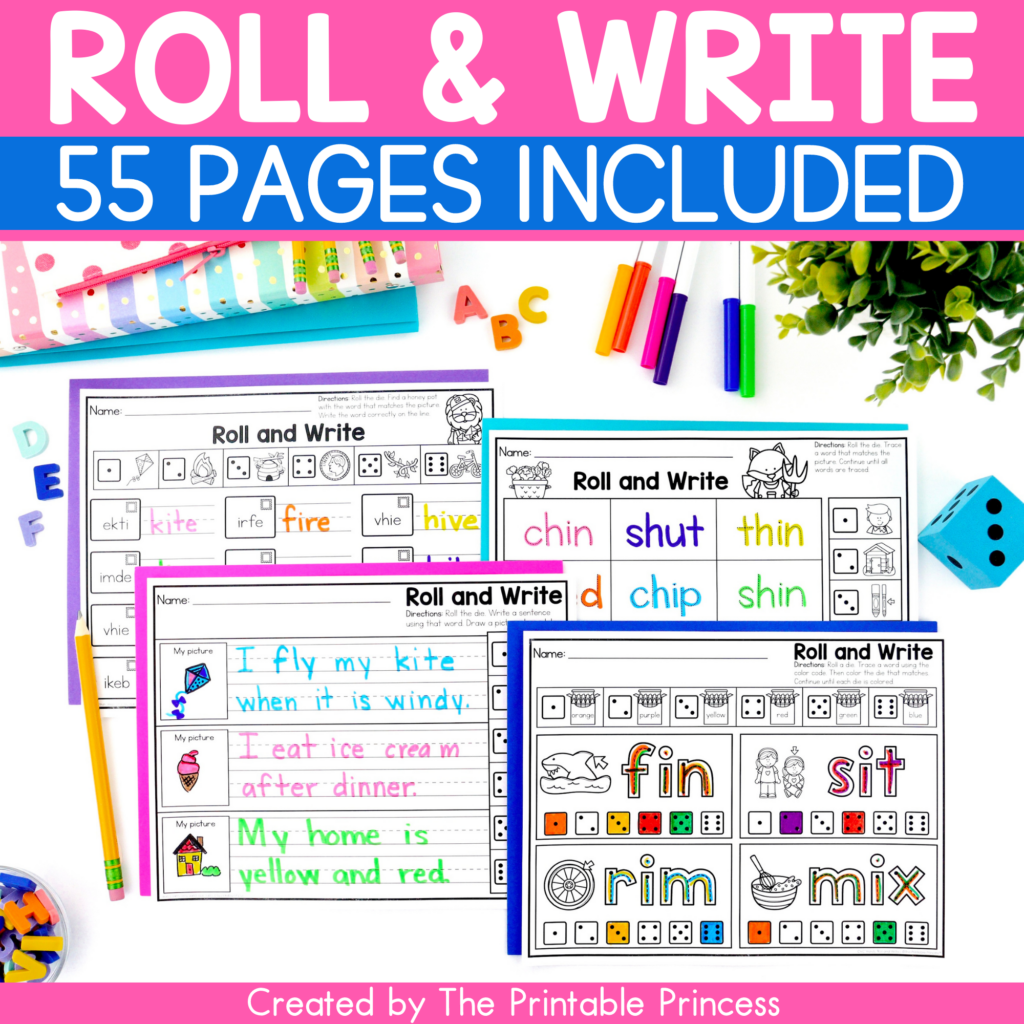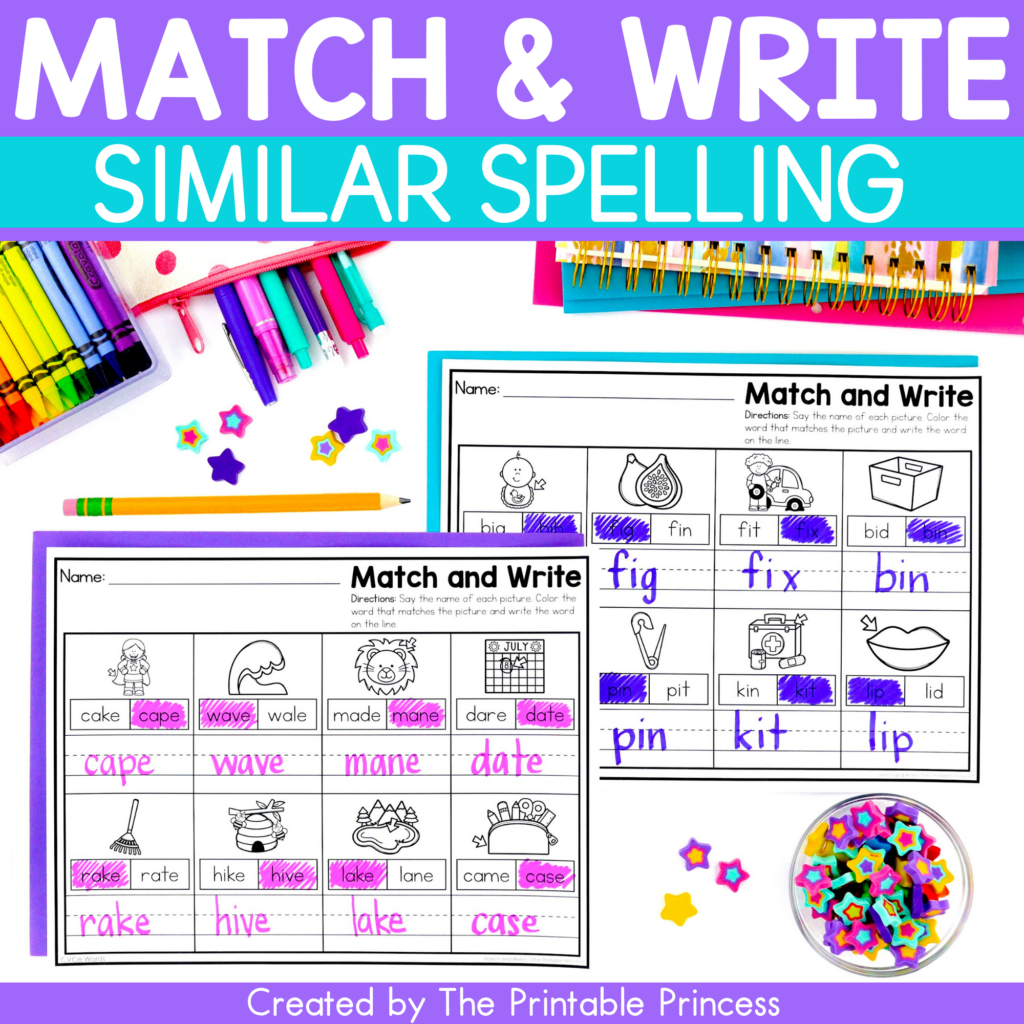Classroom Observations: 10 Tips for New Teachers
Every new teacher has to go through the process of classroom observations on a regular basis the first few years of their career. Depending on the observer, this can be an anxiety-provoking time.
But while it may feel uncomfortable to have an extra set of eyes in the room, classroom observations are a crucial part of the process in order for you to get the feedback you need to grow. Here are ten tips to help you prepare and sail through observations with your sanity intact.
This article, along with many other articles on The Printable Princess, contains Amazon affiliate links. If you purchase through the link I earn a small commission. Clicking these links does not cost you any extra but helps this website to keep great articles and freebies coming your way.
Tips for Classroom Observations
1. Plan extra carefully.
Most days you can go into your instruction with a rough idea of what you’re going to cover and how. This lesson is one you’re going to want to think through, at the very least mentally and optimally aloud to a friend.
I like to use post-it notes to mark my pages and write notes or question ideas that I want to be sure to include.
As you think through and plan your lesson, make your plans more detailed than you normally would. If you've had a pre-conference, double check that your lesson has all the elements your observer will be looking for.
2. Dress the part.
You wouldn't go to a job interview in jeans, would you? Probably not. The day of your classroom observation isn't the day to slack in the wardrobe department. While you don't need to wear a suit, be sure that you are dressed professionally.
Keep in mind that you will also want to be comfortable so you can move around the classroom.
3. Stick with the program.
Observation day is not the day to try some crazy out of the box lesson. I know that some teachers want to use an opportunity to wow the observer- to make themselves stand out.
But what will impress your observer the most is good, solid classroom management and clear and effective instruction.
4. Have your supplies at the ready.
This one goes without saying. Make sure you have all of the supplies- chart paper and markers, books, exemplars, manipulatives, etc.-ready and nearby.
Nothing is more disruptive to a lesson than having to break your students’ attention (once you have it!) to get up and go across the room for supplies.
Plus being prepared will allow you to start on time, which is super important.
5. Make sure your technology is cued up.
Along the same lines- It is essential to test your technology before the observation! Have everything cued up and ready to go before you even begin.
The last thing you want is for your brilliant lesson to be torpedoed by glitchy technology. Having to stop and reset the doc cam or smart board or troubleshoot your internet connection is a surefire time waster.
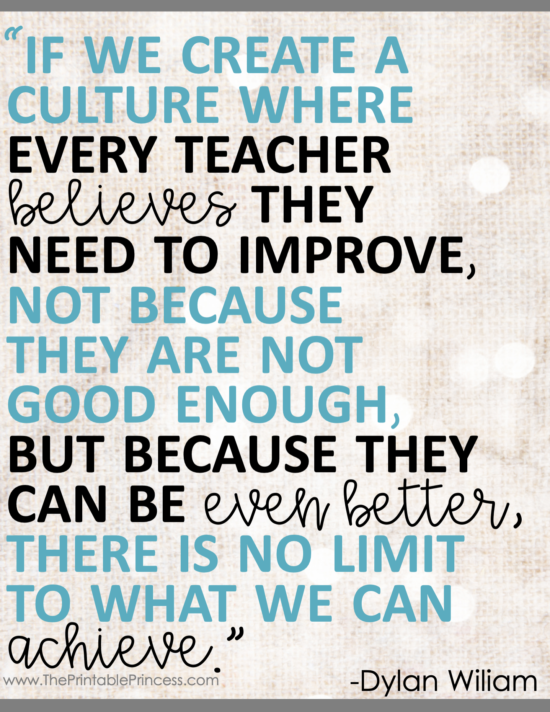
6. Have a little pep talk with your students.
Let them know ahead of time, if possible, that you’re going to have a visitor in the room and the purpose for the visit. It’s okay to be honest about the fact that you may be nervous about being observed.
Some teachers tell their students that the observer is there to watch the class behavior.
I tell my class that I have been bragging to the principal about their amazing behavior and how smart they are. The reason for the visit is that the principal wants to come watch them to see what all the talk is about! I mean, who wants to let down the principal?!
Do what works best for you and what you feel comfortable with.
Let them know this is really important to you and talk them up- you want the observer to see what an amazing class they are!
Set behavioral expectations before the observer arrives and again at the beginning of the lesson in front of the observer so they can see that this is part of your teaching practice.
7. Start with the outcome and work backward.
As one seasoned administrator puts it, “What is the ‘why’ of the lesson?” Observers want to see that you have a clear plan and that you set your students up for success before you begin the lesson by giving them an overview of what you’ll be doing and what the desired outcome or take away will be.
8. Mind your pacing.
We get it, classroom observations can be super nerve-wracking. But the worst thing you can do is plow through your lesson, ticking off boxes as you move through your plan oblivious to how your audience is responding.
One of the key things administrators look for in a classroom observation is student engagement. Make sure your students are with you every step of the way.
Stop and check for understanding frequently and plan questions for students to talk, share, or answer questions throughout the lesson. You shouldn't be doing all of the talking!
9. Breathe.
Don’t put pressure on yourself to be perfect! You are a beginner after all, and the purpose of classroom observations are for more experienced educators to provide guidance to help you improve your craft. They were once in your shoes and hopefully they remember the feeling of being a newbie.
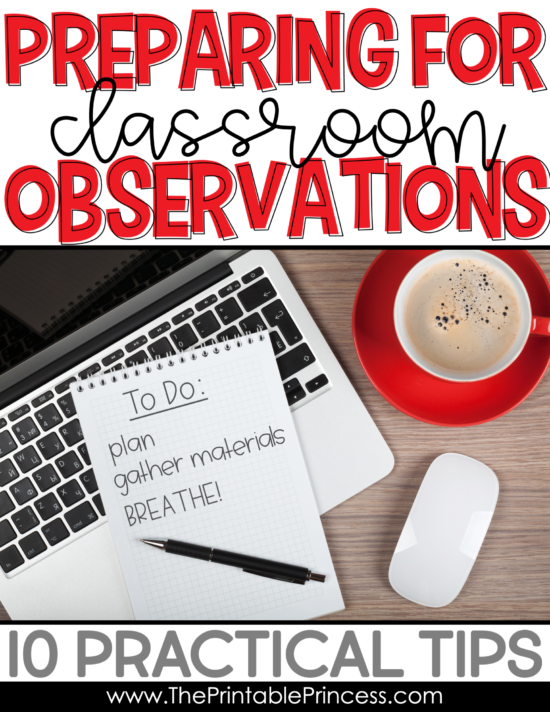
10. Reward Yourself.
Classroom observations can feel stressful and as a result they take extra energy and brain-power. Celebrating and rewarding your efforts is just as important as planning for your lesson.
Make sure you take time to do something nice for yourself, after the observation.
Get outdoors and go for a walk. Get take-out that evening so you don't have to cook. Another idea is to curl up with a good book or hop in the tub when you get home from school. Whatever is relaxing to you – do that.
Bottom line: Classroom observations can be a great opportunity for you to learn a lot about yourself as an educator. They are an excellent way to us to grow and develop.
Just keep in mind that what an observer is really looking for is that you have a solid relationship with your students, that you are in charge as an educational leader and that you know your stuff content-wise.
With a little extra preparation and lot of deep breaths you can turn an observation into an opportunity to shine!
Until next time,

